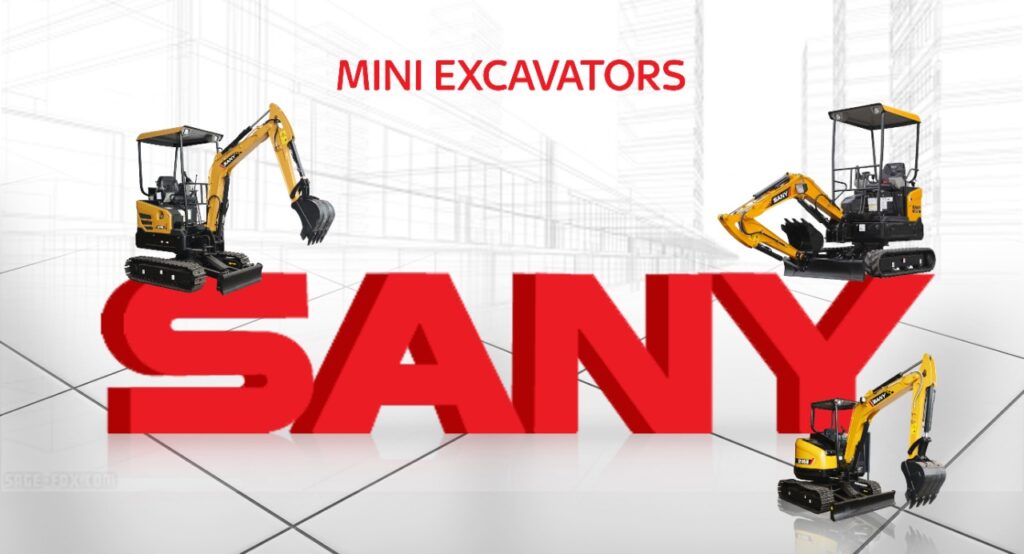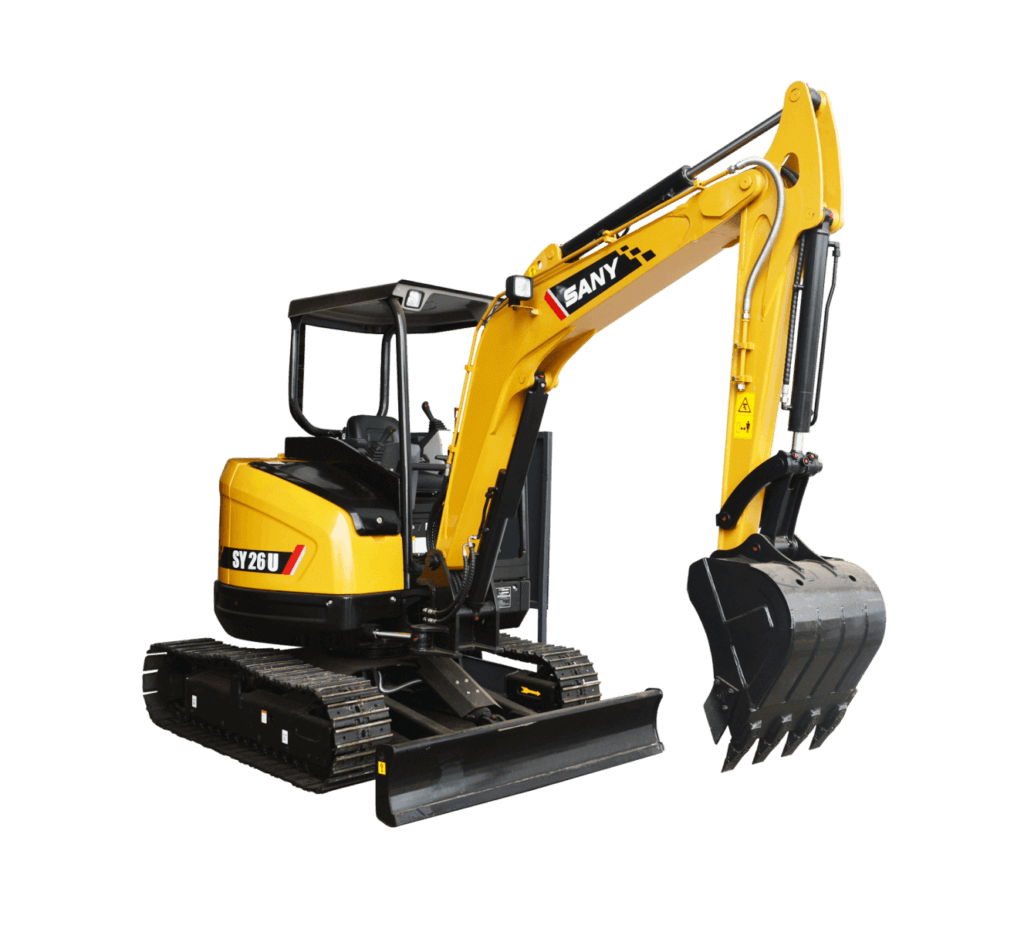The construction equipment market is primarily divided into five key segments: earthmoving equipment, road construction equipment, concrete equipment, material handling equipment, and material processing equipment. Among these, the earthmoving equipment segment dominates the market, accounting for more than 60% of the total market share. Within this segment, several pieces of machinery fall under the earthmoving umbrella, including backhoe loaders, skid steer loaders, and excavators. However, mini excavators stand out due to their rapid growth in the Indian market. According to a Research and Markets report titled "Indian Mini Excavator Market Outlook 2020," the mini excavator market in India has been expanding at a remarkable rate of approximately 12.5% between 2015 and 2019. This trend is anticipated to persist in the future.

Mini excavators are compact, lightweight, portable, and tracked machines that excel in earthmoving tasks. These machines typically feature a standard backfill blade and an independent boom swing, enabling versatility through various attachments. Generally, excavators weighing less than 8 tons are classified as mini excavators and offer performance comparable to larger units.
There are two main types of mini excavators: those with conventional tail swing and those with zero tail swing. Conventional tail swing models provide greater lift capacity and breakout force but have a larger swing radius. On the other hand, zero tail swing models are ideal for confined spaces, allowing operators to work closer to obstacles without risk of collision. Overall, mini excavators combine power with maneuverability, making them indispensable tools in modern construction.

### Key Benefits of Mini Excavators
1. **Efficient in Tight Spaces**: Mini excavators are perfect for projects where space is limited. Their compact design allows them to navigate through narrow pathways and operate effectively in crowded environments.
2. **Addressing Labor Shortages**: With rising labor costs and shortages, mini excavators reduce reliance on manual labor. This not only cuts costs but also accelerates project timelines, ensuring timely completion without compromising quality.
3. **Lower Operating Costs**: Compared to larger excavators, mini models consume less fuel and require fewer resources, resulting in significant savings. Their operational efficiency makes them cost-effective solutions for various tasks.
4. **User-Friendly Operation**: Mini excavators are straightforward to use, minimizing training requirements. This simplicity translates into reduced downtime and increased productivity.
5. **Easier Transport**: Due to their smaller size, mini excavators can be transported via trailers or carriers, simplifying logistics and reducing expenses related to relocation.
Mini excavators outperform backhoe loaders in terms of functionality and efficiency. Their ability to rotate 360 degrees and maintain a near-zero turning radius enhances versatility. Whether digging trenches, loading materials, or performing site preparation, mini excavators deliver superior results with minimal energy consumption. Additionally, they support multiple attachments, expanding their application spectrum beyond typical excavation tasks.
Demand for mini excavators continues to surge driven by several factors:
1. **Labor Shortages and Rising Costs**: As traditional labor becomes scarcer and pricier, mini excavators fill the gap by automating repetitive tasks efficiently.
2. **Urban Infrastructure Development**: Projects involving demolitions, utilities installation, waste management, and landscaping rely heavily on mini excavators for precision and safety.
3. **Real Estate Boom**: Initiatives like Smart Cities Mission and affordable housing programs stimulate the adoption of mini excavators across residential and commercial developments.
4. **Government Investments**: Programs focused on sanitation, rural connectivity, broadband networks, and urban renewal drive extensive usage of mini excavators.
5. **Agricultural Applications**: Specialty farming activities such as coffee cultivation, rubber tapping, and residue removal leverage mini excavators' adaptability.

Renowned manufacturers like Sany cater to this burgeoning demand with advanced offerings. Sany provides four distinct mini excavator models—SY20C, SY27U, SY35U, and SY55U. Features include removable canopies, deflectable booms, rubber track options, digital displays, robust undercarriages, and load-sensing hydraulics. Models SY26U, SY35U, and SY55U boast zero tail swing technology, enhancing mobility in restricted areas. Meanwhile, SY20C features a short tail swing configuration, balancing performance and footprint.
Equipped with diverse attachments like rock breakers, trench buckets, augers, and standard buckets, Sany's mini excavators enhance versatility. These machines emphasize productivity and economy, ensuring profitability for users.
In summary, escalating real estate activity, labor challenges, mechanization needs, and heightened awareness collectively fuel the mini excavator industry's expansion. For businesses aiming to optimize profits and streamline operations, Sany's mini excavators represent a strategic investment worth considering.
Rescue Vehicle,Isuzu Emergency Engineering Vehicle,Isuzu Emergency Rescue Engineering Vehicle,Emergency Rescue Engineering Vehicle
Chongqing Dike Technology Industry Co. , Ltd. , https://www.cqdkqc.com